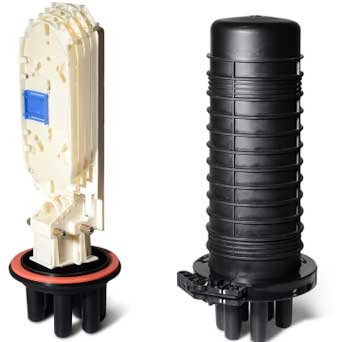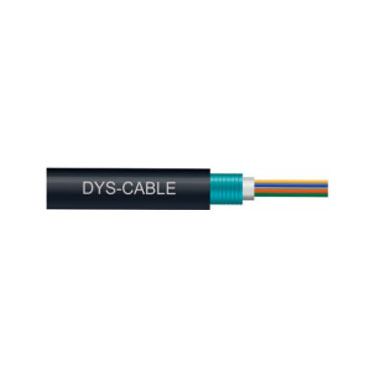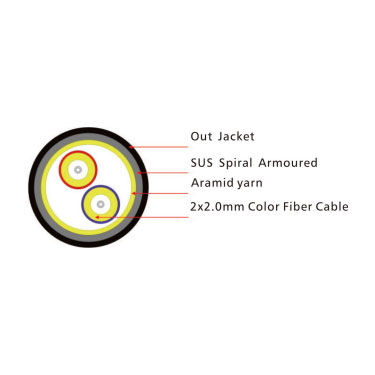
- PLC Splitter
- FBT Splitter Coupler
- CWDM
- DWDM
- AWG
- Fused WDM
- LAN WDM
- Fast Connector
- FTTH Terminal Box
- Optical Fiber Mechanical Splice
- Fiber Optic Collimator
- Fiber Optic Isolator
- Fiber Optic Circulator
- Fiber Optic Combiner
- FWDM
- Optical Switch
- Optical Fiber Patch Cord
- Optical Fiber Connector
- Optical Fiber Adapter
- Optical Fiber Attenuator
- LC Uniboot
- Fiber Optic Media Converter
- Fiber Optic Transceivers
- Fiber Optic Cassettes
- Fiber Optic Splice Closure
- Fiber Optic Patch Panel
- Fiber Optic Cabinet
- Racks and Cabinets
- Fiber Optic Adapter Panels
- Fiber Optic Enclosures
- Cable Management
- Fiber Optic Rack Mount Enclosures
- Single Mode All Band Coupler
- Single Mode Double Window Coupler
- Single Mode Three Window Coupler
- 1×3(1×4) Monolithic Single Mode Coupler
- 3×3(4×4) Monolithic Single Mode Coupler
- Wide Band Coupler
- Polarization Maintaining Coupler
- 1×2 or 2×2 Special Wavelength Coupler
- High Power Coupler
- 1×N(N×N) Monolithic Multi-Mode Coupler
- 1×N (2×N) FBT Coupler Module
- Mini Size Coupler (MSC)
- 1×2 or 2×2 Wide Band Coupler (WBC)
- 1×2 or 2×2 Dual Window Coupler (DWC)
- 1×2 or 2×2 All Band Coupler (ABC)
- 1×2(2×2) Multi-Mode Coupler
- 1x2 Cwdm Single Device
- Coarse Wavelength Optical Division Multiplexer
- CWDM Mux/Demux in Lgx Box (4.8.16.18 CH)
- Mini DWDM Modules/ Cassette DWDM Modules/DWDM Modules
- 100g Dense Wavelength Division Multiplexer
- 100G, 200G, 1X2 DWDM Single Device (3 PORTS)
- 100G, 200G DWDM
- 100GHz DWDM
- FWDM
- FTTH-004 Optical Fiber Terminal Box
- FTTH-005 Optical Fiber Terminal Box
- FTTH-006 Optical Fiber Panel
- FTTH-015 Optical Fiber Terminal Box
- FTTH-016 Optical Fiber Panel
- FTTH-019 Optical Fiber Panel
- FTTH-022 Optical Fiber Panel
- LC Optical Fiber Mechanical Splice
- SC Optical Fiber Mechanical Splice
- Optical Fiber Mechanical Splice
- FC/UPC Optical Fiber Mechanical Splice
- (6+1)x1 Pump Optical fiber buncher
- Nx1 Pump Combiner
- PM (N+1)x1 Pump Combiner
- (2+1) x1 Pump Optical Fiber Buncher
- 7x1 Pump Optical fiber Combiner
- (18+1) x1 Pump Optical fiber Combiner
- LC/UPC Fiber Optic Patch Cord
- LC/APC Fiber Optic Patch Cord
- SC/UPC Fiber Optic Patch Cord
- SC/APC Fiber Optic Patch Cord
- FC/UPC Fiber Optic Patch Cord
- FC/APC Fiber Optic Patch Cord
- E2000/UPC Fiber Optic Patch Cord
- E2000/APC Fiber Optical Patch cord
- LC-SC Armored Duplex Patch Cables
- ST Simplex Fiber Optical Patch cord
- MTRJ Fiber Optical Patch cord
- Multi Mode Fiber Optic Patch Cord
- SC/UPC SM Connector
- E2000/APC SM Connector
- E2000/UPC SM Connector
- FC/APC SM Connector
- FC/UPC SM Connector
- LC/APC SM Connector
- LC/UPC SM Connector
- MT-RJ SM Connector
- SC/APC SM Connector
- ST/UPC SM Connector
- FTTP Tight Buffered Indoor/Outdoor Cable
- Optical Fiber Drop Cable
- GJPFJV Distribution Cable
- 3.0 mm SM Armored Optical Cable
- GJBFJV Break Out Cable
- GJFJBV Duplex Flat Cable
- GJFJV Dimplex Round Cable
- GJJV Tight Buffer Cable
- GJPFJV Distribution Cable
- GJSJBV Duplex 8 Type Cable
- GJSJBV Duplex Armoured Flat Cable
- GJSJV Simple Armoured Round Cable
- GYTC8H Round Self-Suppot Cable
- GJYXFCH Self-support Flat Drop Cable
- GJXFH Flat Drop Cable
- Remote Optical Fiber Cable
- GYDXTW Outdoor Cable
- GYDXTW Outdoor Cable
- GYFTY Outdoor Cable
- GYFY53 Outdoor Cable
- GYTA53 Outdoor Cable
- GYTC8S Outdoor Cable
- GYTS Outdoor Cable
- GYXTC8S Outdoor Cable
- GYXTS Outdoor Cable
- GYXTW Outdoor Cable
- GYFJH53 Indoor/Outdoor Cable1
- GJYWFJY5 Indoor/Outdoor Cable
- GJYWFJH2 Indoor/Outdoor Cable
- GJYWFJH Indoor/Outdoor Cable
- GJYFJH2 Indoor/Outdoor Cable
- GJYFJH Indoor/Outdoor Cable
 EN
EN




